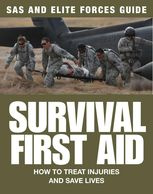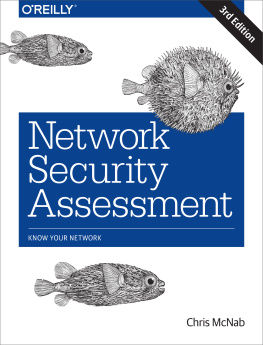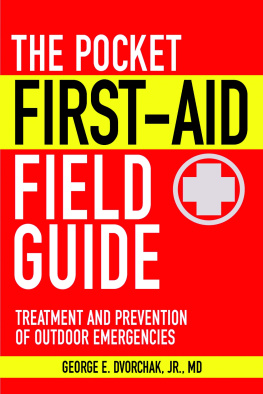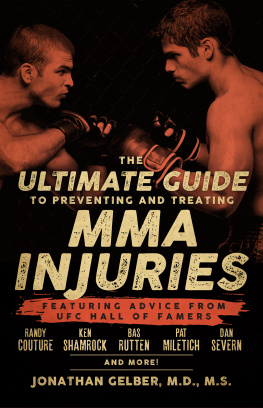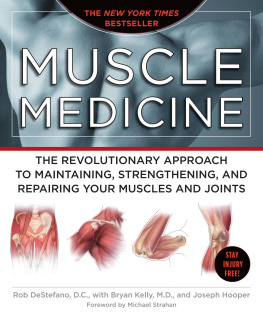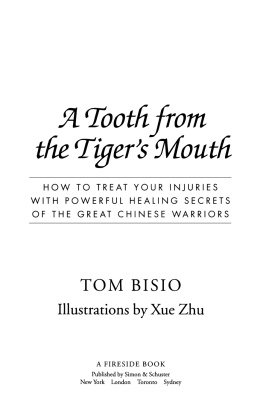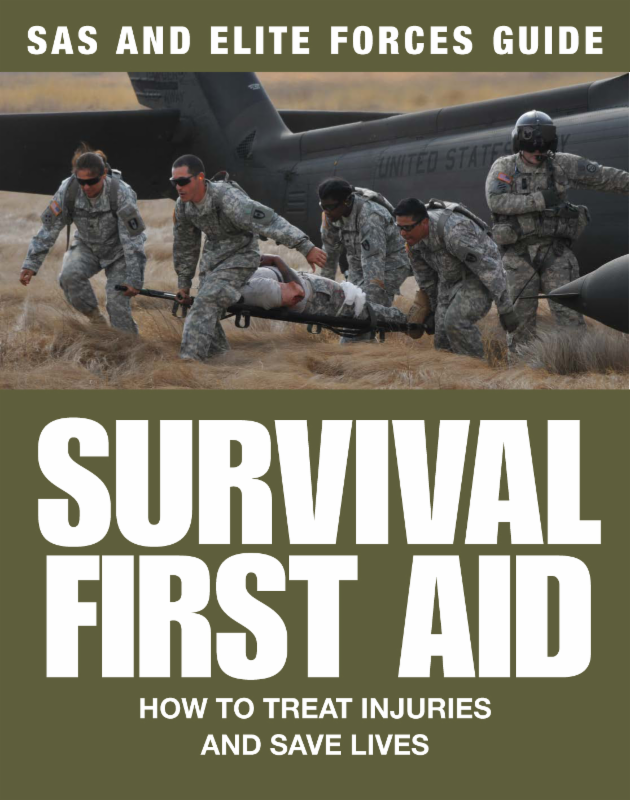
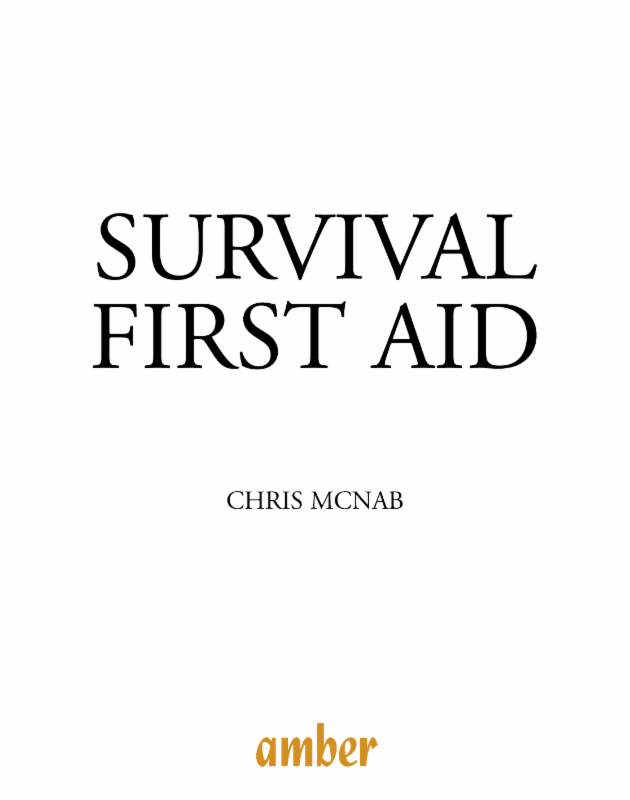
This digital edition first published in 2014
Published by
Amber Books Ltd
7477 White Lion Street
London N1 9PF
United Kingdom
Website: www.amberbooks.co.uk
Appstore: itunes.com/apps/amberbooksltd
Facebook: www.facebook.com/amberbooks
Twitter: @amberbooks
Copyright 2014 Amber Books Ltd
ISBN: 978 1 909160 34 7
PICTURE CREDITS
Tony Randell; Richard Tibbetts
All rights reserved. With the exception of quoting brief passages for the purpose of review no part of this publication may be reproduced without prior written permission from the publisher. The information in this book is true and complete to the best of our knowledge. All recommendations are made without any guarantee on the part of the author or publisher, who also disclaim any liability incurred in connection with the use of this data or specific details.

www.amberbooks.co.uk
Contents
Chapter One: Preparation & equipment
Chapter Two: The human body & first aid
Chapter Three: Breathing & circulation
Chapter Four: Wounds & bleeding
Chapter Five: Consciousness & head injuries
Chapter Six: Burns & scalds
Chapter Seven: Bone, joint, & muscle injuries
Chapter Eight: Temperature, climate, & environment
Chapter Nine: Poisoning & foreign objects
Chapter Ten: Other ailments
Glosssary
Index
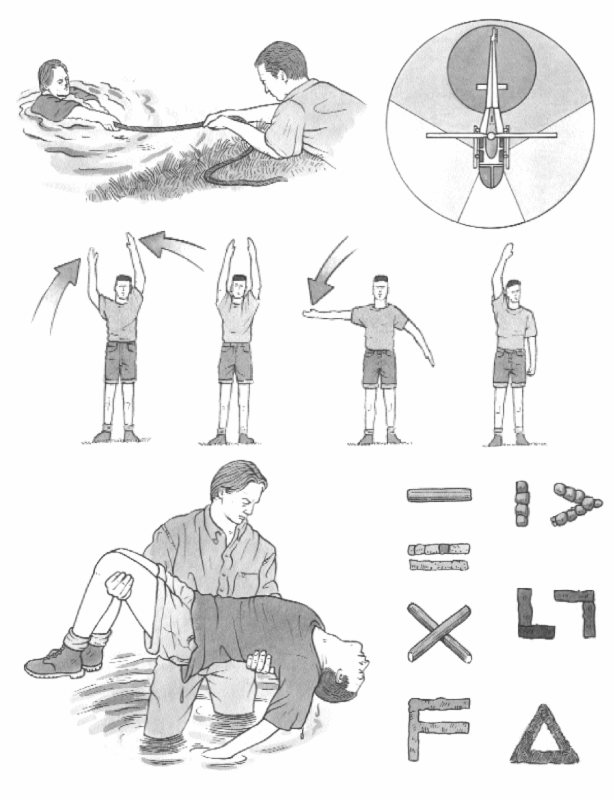
CHAPTER ONE
Preparation & equipment
Survival first aid requires strong nerves, good training and the ability to cope on your own a long way from professional medical help. Exposed to the elements, even the simplest injury can become life-threatening.
Imagine yourself in the following two accident scenarios in both you are playing the part of a trained first aider. Firstly, you are in a suburban house on the outskirts of a major city. A man has fallen from a high ladder, and you suspect a back injury. The mans tibia (shin bone) has broken, with a sharp end piercing the skin, causing significant blood loss. Symptoms of circulatory shock seem present. The man is drifting in and out of consciousness. Breathing is laboured, and the chest is bruised and swollen. The actual treatment for these conditions will be covered later in the book, but the sequence of your reactions should be: make a diagnosis; protect the patient from any further harm; immediately treat any serious or life-threatening conditions; and, most crucially, contact the emergency services. Because of your suburban location, the services will often be at your door within minutes of your call, delivering both professional care and transportation to hospital.
For the second situation, transpose the patient to a remote mountain face he is now the victim of a climbing fall. The injuries are the same; only this time, the demands of your location are very different. You are at least six hours from either a telephone or habitation. Nightfall is only three hours away. The weather has become increasingly worse, with a temperature of 1C (31F), worsened by a wind chill factor and slushy rain, which is restricting visibility. There is another member in the party who has no first aid training, and is not as experienced a climber as you. He is suffering from mild altitude sickness. At very best, you would not be able to get the emergency services to your location for another nine hours.
Both examples show the need for positive, controlled action from you as a first aider. Yet the second example also illustrates some of the crucial distinctions between survival first aid in a wilderness context and general first aid. The first aider in the second example must:
- Deliver sustained treatment over a long period without the assistance of professional medical services;
- Be aware of the effect of environmental conditions on the development of the patients injuries or illness, and on his own ability to deal with them;
- Have a clear system for delivering or attracting a rescue effort from an isolated location without risk to himself or others.
Survival first aid is therefore fundamentally distinguished by its isolation from emergency services, and the unique climatic and environmental conditions which constrain or dictate the treatment the first aider can deliver. This book will explore the practicalities of meeting these unique and demanding circumstances. It will not only present the full range of first aid treatments for all the typical injuries and illnesses first aiders can encounter anywhere, but also those that present themselves in specific environments ranging from an oxygen-poor mountaintop to a disease-ridden jungle floor.
One word of caution, however, before we go further. If faced with a genuine emergency, it is of paramount importance that any medical procedures you use are based on knowledge rather than the vague desire to do something. Many home-spun ideas about medical treatment are positively dangerous if practised. Using tourniquets to stop bleeding, for instance, will in most situations actually place the casualty in even greater danger (exceptions will be noted later). Giving a drop of strong alcohol to an unconscious person can make them choke to death. The list goes on and on, from attempting to suck out snake poison to using butter to treat burns. Doing something just for the sake of it can have lethal consequences for your patient, so in all treatments, do what you know will work and nothing more.
- CAUTION: As with all first aid books, this manual is intended to act only as a guide to treatment in extreme circumstances. Proper and thorough training should be undertaken before attempting any of these techniques for real. Such courses are especially recommended to those embarking on activities which may involve acute danger or prolonged periods of isolation.
PREPARATION
Some situations in which survival first aid is required are completely unexpected. A car crash on an isolated mountain road, or a ship sinking miles from land, can thrust us from comfort to extremity in a matter of seconds. Much more likely to demand the first aiders skills, however, are accidents or illnesses encountered during outdoor activities in a countryside or wilderness setting. Mountaineering, hiking, mountain biking, pot-holing, canoeing, rafting, sailing, and skiing are just some examples. As sports such as these become increasingly popular, more and more untrained or half-trained individuals are pitting themselves against powerful natural forces far removed from their familiar world. The resulting clash between environment and ignorance generates an increasing need for effective first aid responses.
In reality, first aid awareness should begin before you engage in your chosen activity. Prevention is naturally always better than cure, so it is worth highlighting some of the main considerations in preparing yourself for potentially dangerous outdoor pursuits. Ideally, these will reduce the possibility of a medical emergency, and help you to cope if one does arise.
Fit to cope
Before launching yourself into remote or exposed places, ask yourself honestly, and everyone else in the group:Are we really fit enough to do this? Embarking on a physically rigorous undertaking, deficient in proper physical resources, not only endangers you but also puts your group at risk should something befall you. In addition, if there are disproportionate levels of fitness within a group, it can easily become disconnected over long distances, with a perilous loss of, or delay in, communication. Thus, you should always engage in a significant period of training which conditions your body specifically for the task in mind. Mix aerobic and anaerobic training in equal measures, and ensure that fitness and strength are both present. If any physical problems come to light during this period of training, you should then question your immediate suitability for any outdoor plans.
Next page
